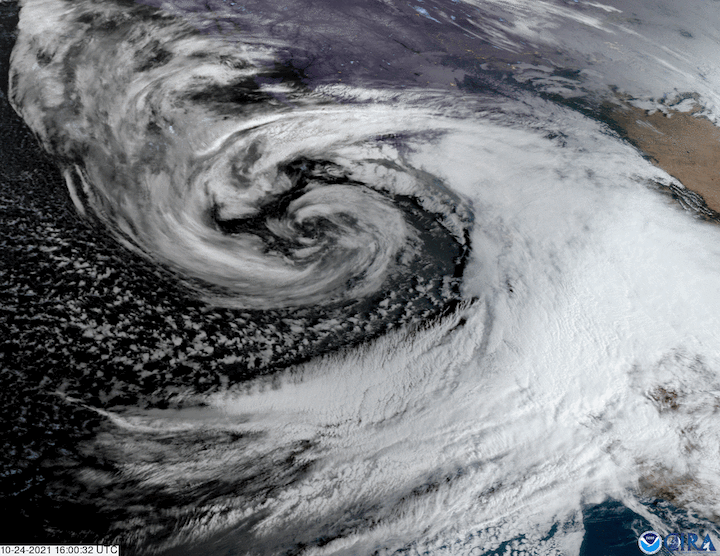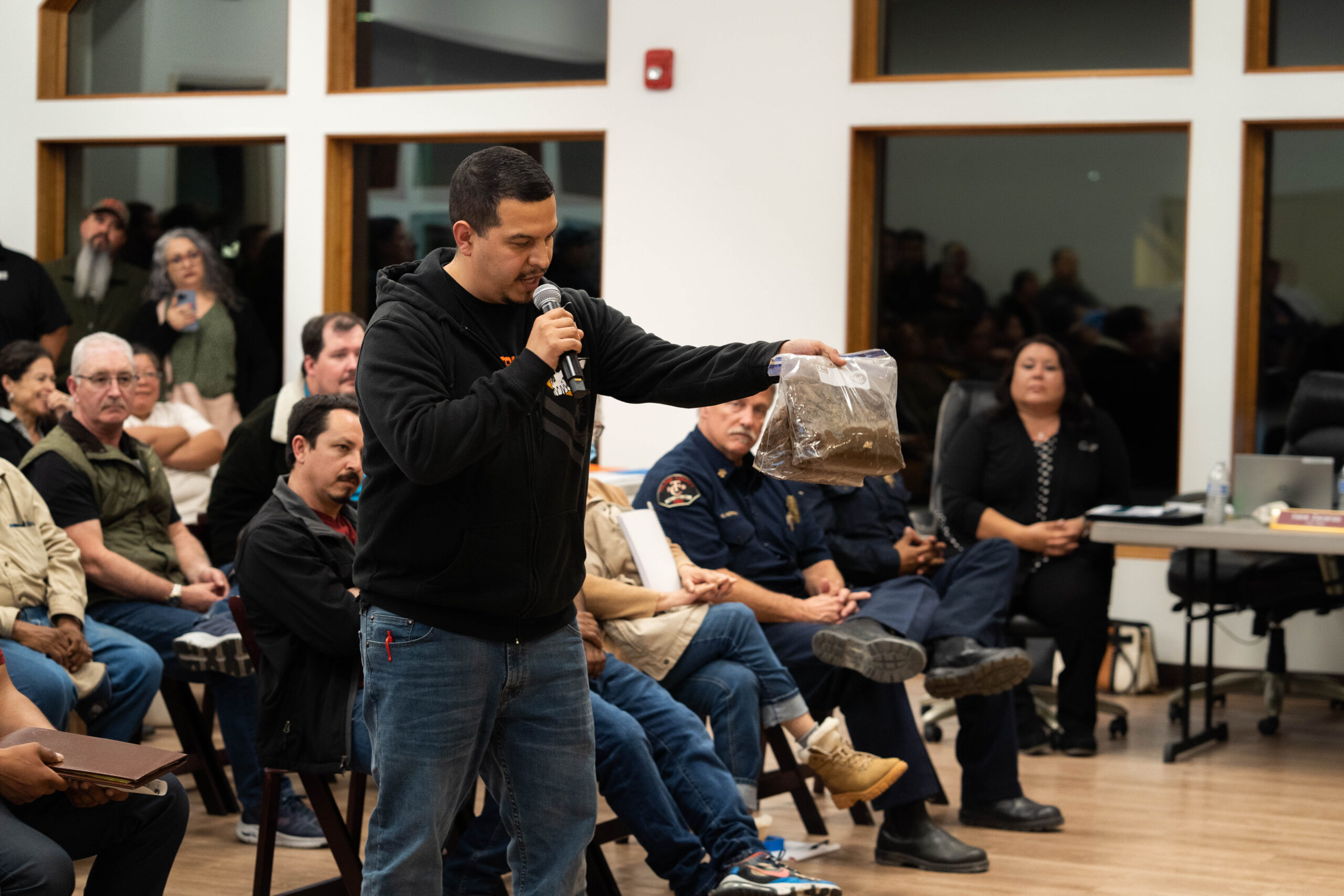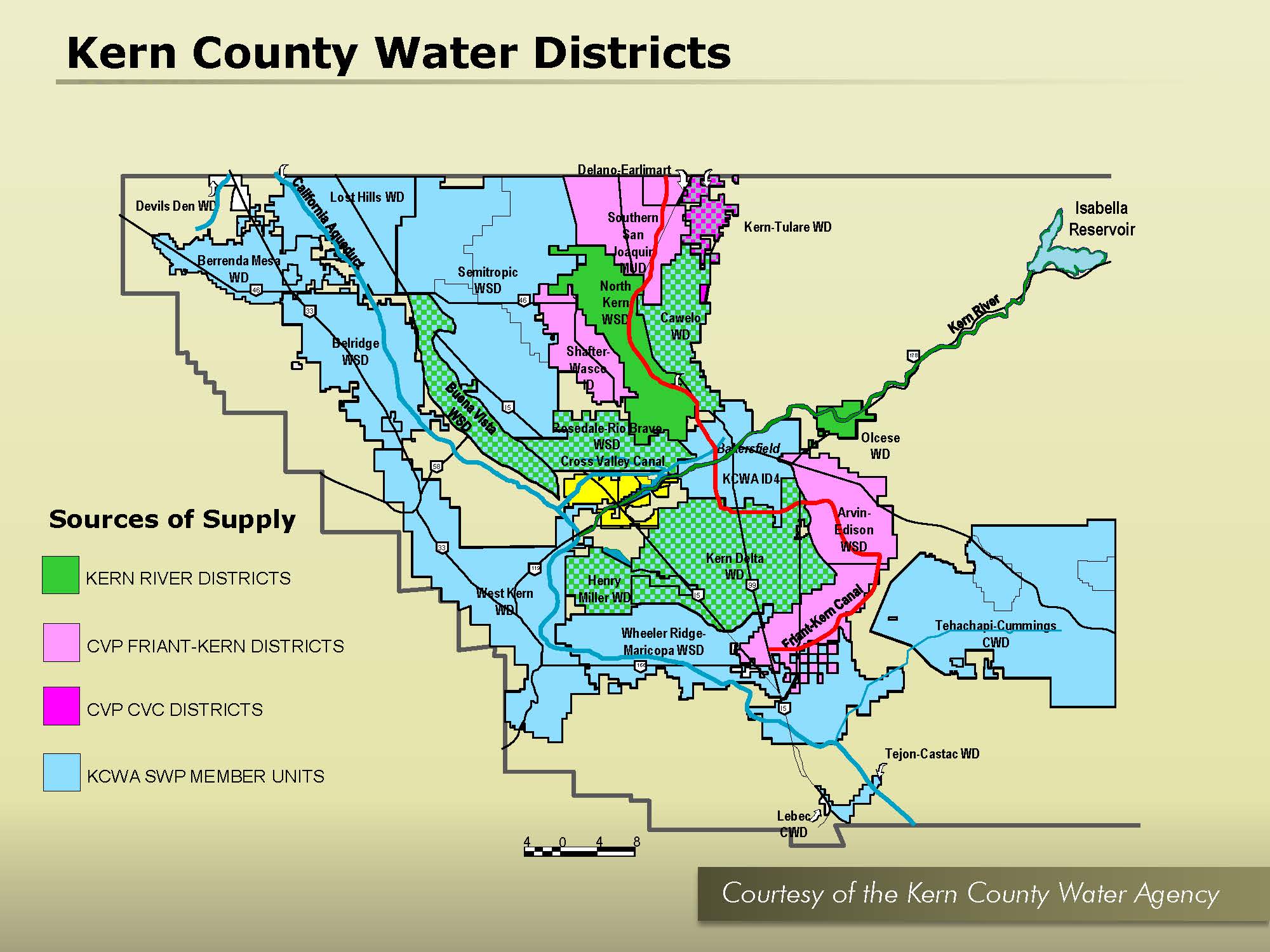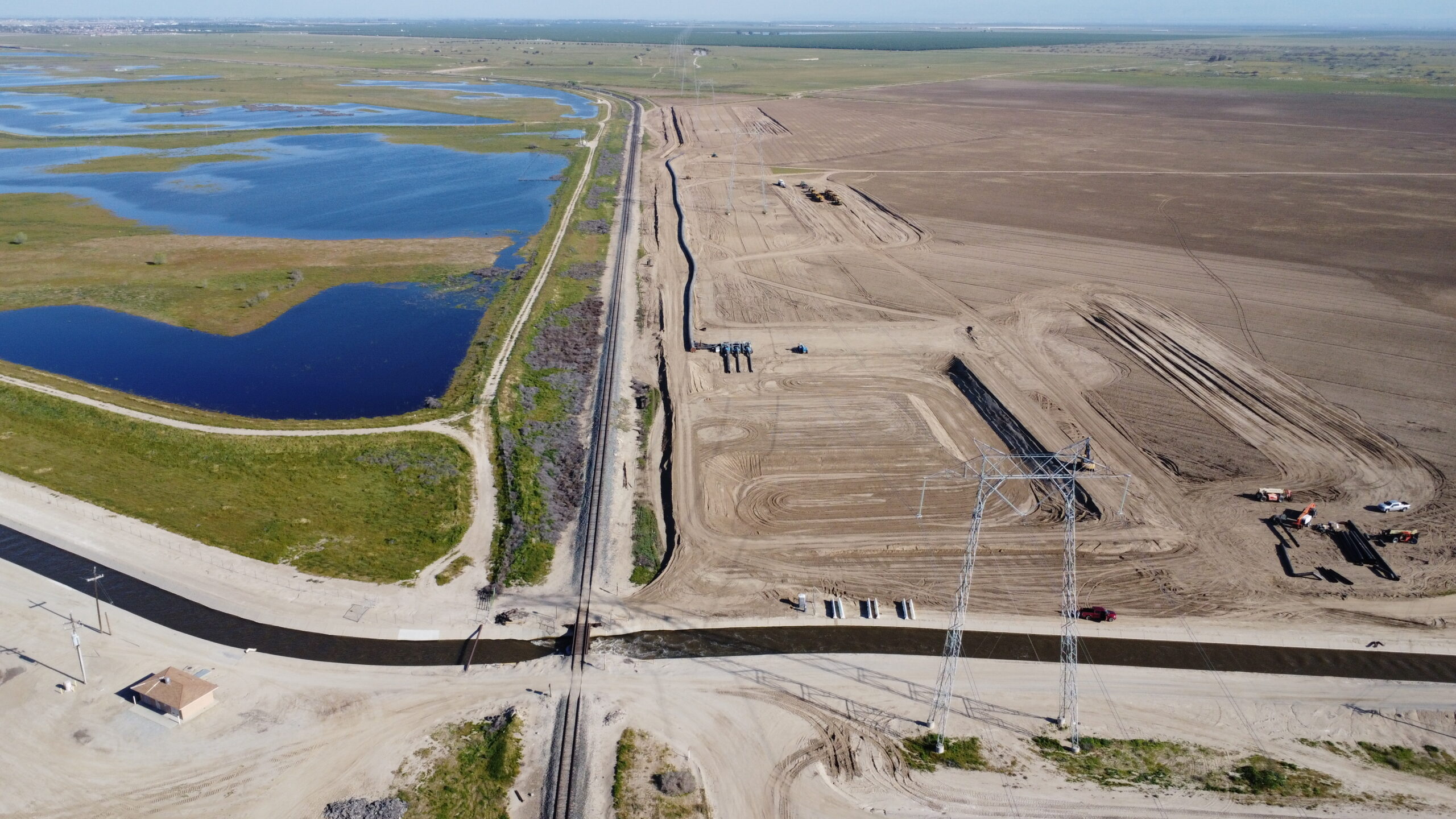The west coast was slammed Oct. 24-25 by a bomb cyclone, a historic storm that dumped record breaking levels of precipitation on much of California. The rain came from long streams of moisture called atmospheric rivers.
San Francisco recorded more than four inches of rain on October 24, the most for a single October day in recorded history. Sacramento saw 5.44 inches of rain over the course of the storm, breaking a record from 1880.
Even so, water managers and others from across the state say it only made a small dent in the ongoing drought.
What the experts are saying (edited for length):
“Communities reliant on small water systems and domestic wells will continue losing access to drinking water as long as groundwater over pumping by agriculture remains the norm.”
— Michael Claiborne, directing attorney for Leadership Counsel for Justice and Accountability.
“We are so far in the hole that anything we get is a step in the right direction. Hopefully, this is just the first of the many storms that it will take to get our water system refilled and for growers to receive surface water deliveries this year.”
— Daniel Hartwig, resource manager for Woolf Farming and president of the Fresno County Farm Bureau.
“Monday’s rainstorm (and hail!) was undoubtedly a good start. However, our valley was extremely parched. Today, you can barely tell we had a storm. The ground soaked up much of the moisture, flooding was isolated, and most of the puddles were gone this morning.”
— Denise England, water resources program director for Tulare County.
“The weekend’s storm did not produce enough precipitation to really positively or negatively impact the Program’s restoration efforts. A healthy snowpack is critical to creating a Millerton water supply that meets the water temperatures and volume needed to sustain both a flowing, fully connected river and the spring-run migration.”
— Don Portz, program manager for the San Joaquin River Restoration Program.
“As scientists’ predictions of extreme weather – both wet and dry – become reality, it’s critical we capture and store more water during shorter, intense wet periods like the recent deluge to get through increasingly severe drought years ahead.”
— Ann Hayden, Associate Vice President, Climate Resilient Water Systems, Environmental Defense Fund.
“We are preparing now for an even greater ability to capture these more sudden, enhanced flows when they come to be better water managers when faced with future weather extremes!”
— Matt Hurley, general manager of McMullin Area Groundwater Sustainability Agency.
“Much more is needed in order to avoid the devastating consequences of another incredibly low allocation for water users, and we continue to pray for rain to avoid these devastating impacts to our communities and ecosystems south of the Delta.”
— Federico Barajas, executive director of the San Luis & Delta-Mendota Water Authority.
“It’s too early to tell if this storm – even with its record precipitation – will have a major effect on supplies this year. Claiming otherwise is akin to deciding the outcome of a football game based on the first five minutes of play (with the possible exception of the 49ers this year, of course).”
— Jeffrey Mount, senior fellow at the Public Policy Institute of California.
Share this:
- Click to share on Facebook (Opens in new window)
- Click to share on Twitter (Opens in new window)
- Click to share on LinkedIn (Opens in new window)
- Click to share on Reddit (Opens in new window)
- Click to share on Tumblr (Opens in new window)
- Click to share on Pinterest (Opens in new window)
- Click to share on Pocket (Opens in new window)
- Click to share on Telegram (Opens in new window)
- Click to share on WhatsApp (Opens in new window)
- Click to print (Opens in new window)








